
About This Quiz
Chemical names, sometimes called scientific or systematic names, are used to identify different chemical compounds. The nomenclature was developed by the International Union of Pure and Applied Chemistry (IUPAC) and the rules are used to name every compound. Not only do these chemical compounds have common names (which is what we know it by) but they also have molecular formulas which give its chemical composition.
Many of the chemicals which have been created in labs can be found in many of the items which we have in our cupboards. These chemicals are used either on their own or in combination with others and /or reagents to create products to make our day-to-day life easier.
Some of these items which range from cooking ingredients to medication to hygiene and cleaning products include different soaps, detergents and bleaching powders, baking powder and soda, toothpaste and mouthwash, as well as Alka Seltzer, aspirin and Rolaids.
How well do you know the chemical names of some of the items that you use every day? If you were given images of these items, would you be able to tell if its real name ends with acid, carbonate, hydroxide or some other scientific word? Take this quiz to test your knowledge!

Ethanol, which is expressed by the chemical formula C2H6O, is a clear, colorless, volatile and flammable liquid which is prepared by the fermentation of certain carbohydrates. It is a psychoactive substance, and is the main active ingredient in drinks like wine, brandy and beer.
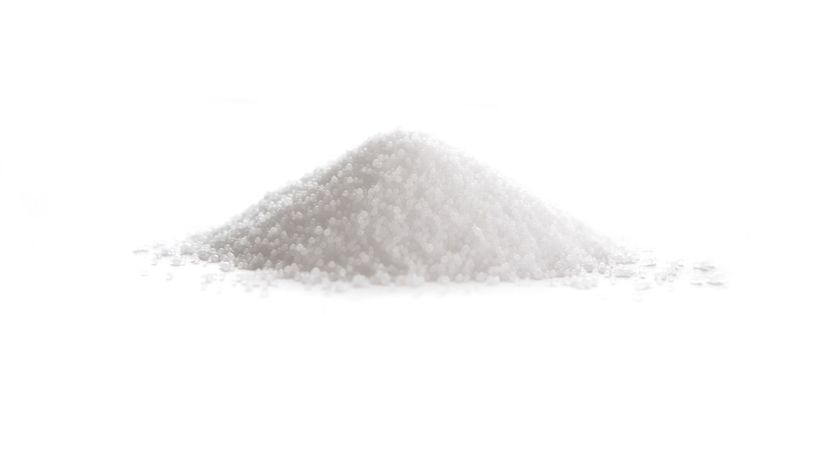
Sodium hydroxide, also called caustic soda or lye, is a colorless liquid and a highly corrosive substance which is used to make salts and to neutralize acids. It is a manufactured substance which is typically used as an odorless, white crystalline solid or as a 50% solution mixed with water.
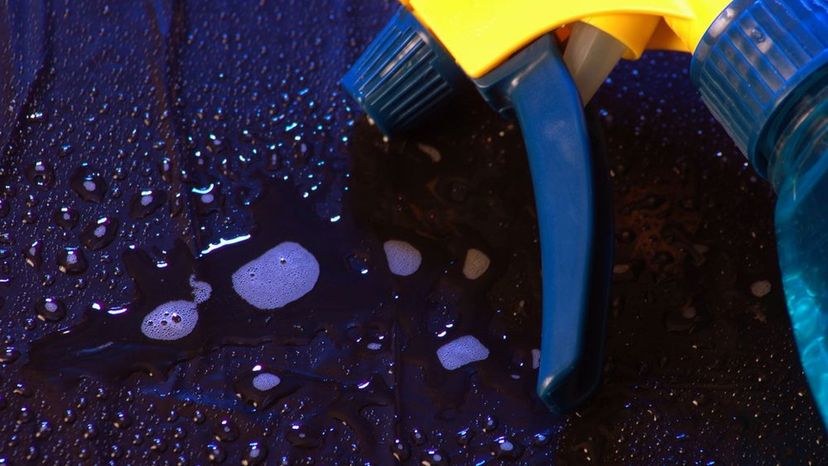
Ammonia is a colorless alkaline gas which occurs naturally in the air, water, soil, plants, animals and humans. It is the primary ingredient in several everyday household cleaning products and the main ingredient in ammonium nitrate fertilizer. Exposure to ammonia leads to irritation of the eyes, mouth, throat, nose, lungs and skin.
Advertisement
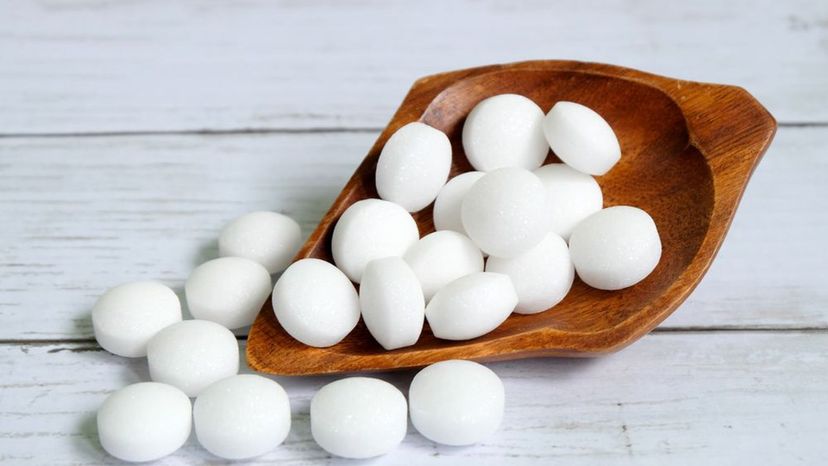
Naphthalene is a volatile, white, solid polycylic hydrocarbon with an aromatic odor which is extracted from petroleum distillation or coal tar. It is an organic compound and is found in black walnuts, a variety of essential oils, with smaller amounts produced by specific types of deer and the Formosan subterranean termite.
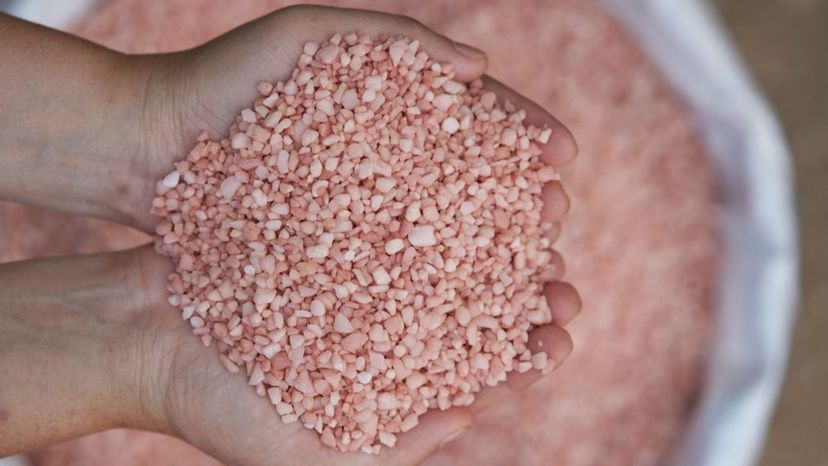
Potassium carbonate, also known as pearl ash, is a colorless solid crystal or white powder with a salty taste. It is an inactive ingredient in several products such as fire extinguishers, glass, soap and in pharmaceutical laboratories as a drying agent.

Poly-1, 1-dichloroethylene is the chemical name for plastic wrap, which is used to seal food in order to keep it fresh. Also known as vinylidene chloride, it is an industrial chemical which is frequently used to make packaging materials and flexible films such as food wrap.
Advertisement
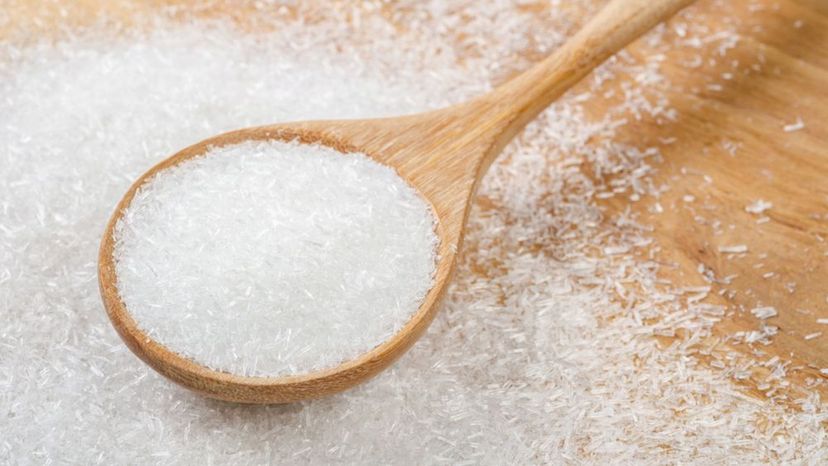
Monosodium glutamate is a white or off-white crystalline powder. It is flavor enhancer with a slight peptone-like odor and an umami taste and is commonly added to Chinese food, processed meats, soups, and canned vegetables. Over the years, it has been linked with various health issues such as infantile obesity and headaches.
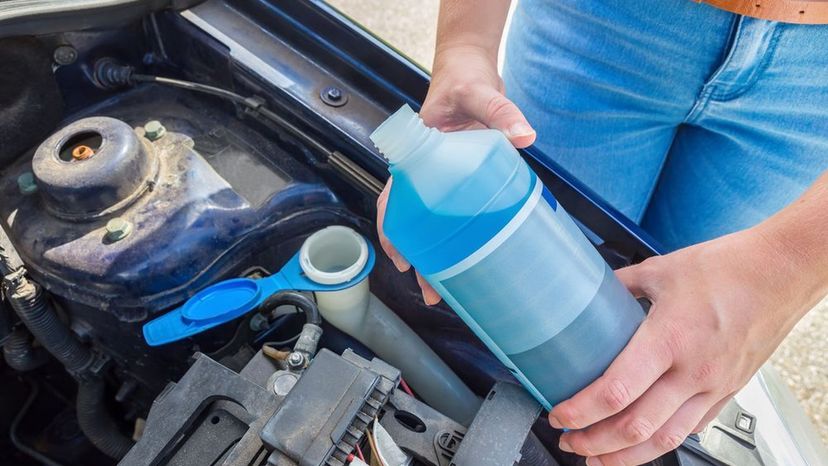
Ethylene glycol is an odorless, colorless, poisonous dihydroxy alcohol. It is an organic compound represented by the chemical formula, C2H6O2. In addition to antifreeze, it is used as a coolant in hydraulic fluids as well as in the manufacturing of resins and low freezing dynamites.

Sucrose is a non-reducing disaccharide composed of one glucose and one fructose molecule. It is used extensively as a sweetener in foods and as a chemical intermediate for detergents and emulsifying agents. Sucrose is primarily obtained from sugar cane and sugar beets.
Advertisement
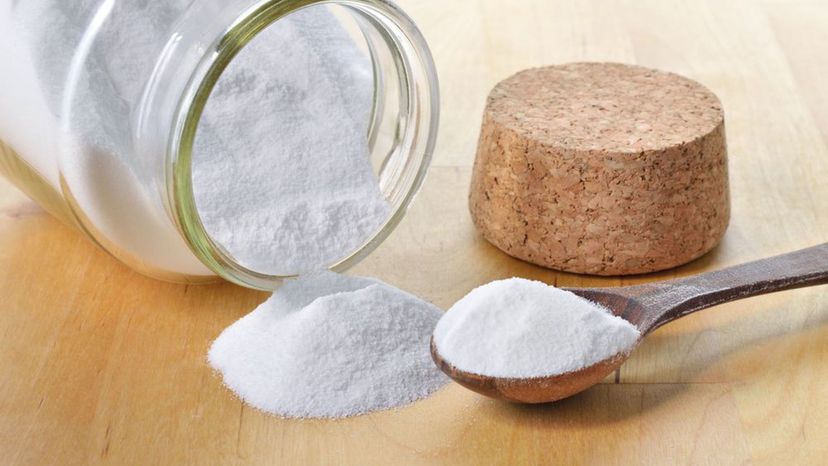
Sodium hydrogen carbonate, also known as sodium bicarbonate, is an odorless, white, crystalline powder composed of sodium ions and bicarbonate ions. It is frequently used as a pH buffering agent as well as a systematic alkalizer, an electrolye replenisher or as a leavening agent in baking.
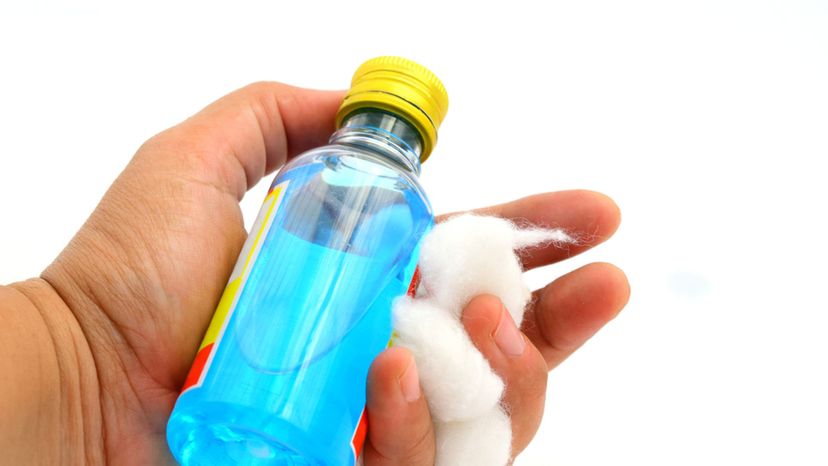
Isopropyl alcohol, an isomer of propyl alcohol, is a flammable liquid with a strong odor. Due to its antibacterial and disinfectant properties, it is frequently used in the production of soaps and lotions.
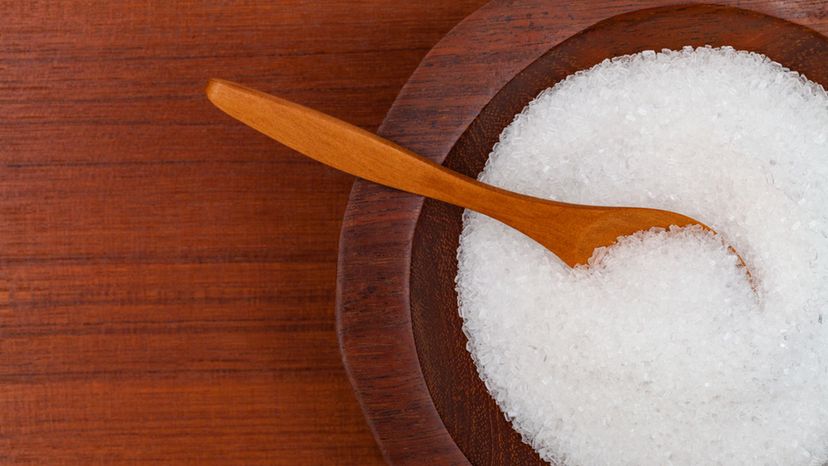
Magnesium sulfate, commonly referred to as Epsom salt, is an organic, colorless crystalline mineral which is primarily used to treat low levels of magnesium. It may also be taken orally to increase water in the intestines or as a laxative to relieve constipation. It is also used in bath salts, beauty products or to soothe sore muscles.
Advertisement

Margarine, which is used for baking, cooking and flavoring, is an imitation of butter. It is composed of unrefined vegetable oil such as coconut, sunflower, olive, corn or palm oil which makes up 80% of the fat in margarine.
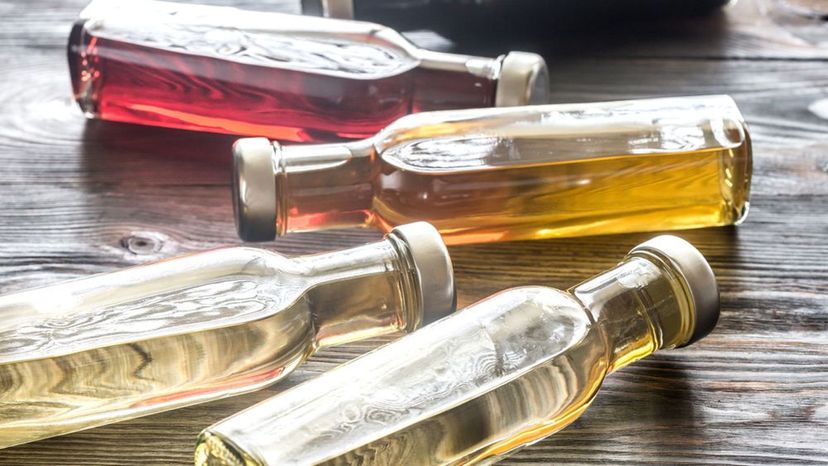
Acetic acid is a clear, anhydrous, colorless liquid with distinct sour taste and a strong odor. It has antifungal and antibacterial properties and is created by the fermentation of ethanol by the acetic acid bacteria.
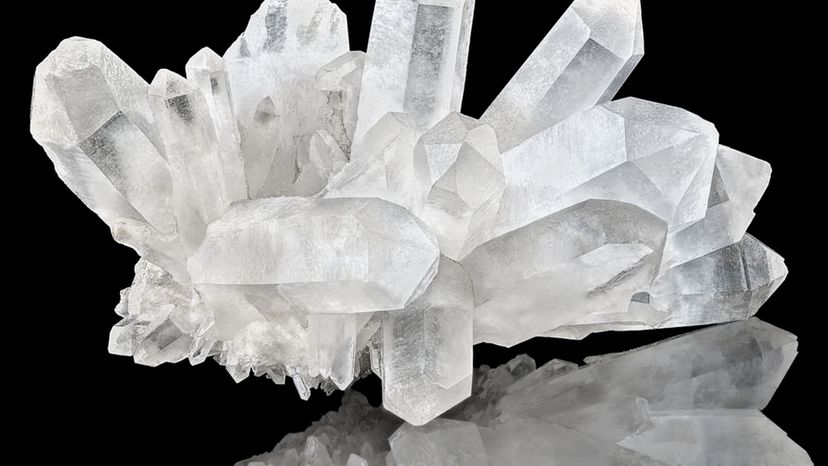
Silicon dioxide, also known as silica, is a natural chemical compound noted for its hardness and high melting point of 1,610 °C. It is composed of silicon and oxygen atoms, and is represented by the chemical formula, SiO2 .
Advertisement
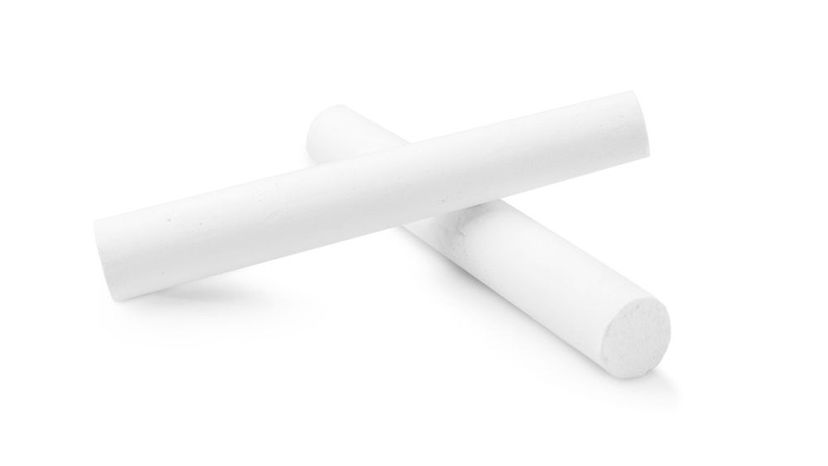
Calcium carbonate is a white, tasteless and odorless powder or crystal. In addition to the production of chalk, calcium carbonate is also used as an ingredient of cement. It can be used as a dietary supplement to increase the calcium levels, and for the relief of heartburn and indigestion.

Sodium fluoride is a solid, inorganic, soluble chemical compound which appears as a white powder or colorless crystalline solid. It is used in toothpaste to prevent the formation of dental cavities. It is also used as in insecticides, wood preservatives and to produce glass.

Sodium hypochlorite is a colorless or slightly yellow watery chemical compound which is known for its pungent odor. It is the primary component of laundry bleach and is represented by the molecular formulas NaCIO, NaOCI and CINaO. Exposure or ingestion of bleach results in a number of acute symptoms including redness, pain, skin blisters, abdominal pain and vomiting.
Advertisement
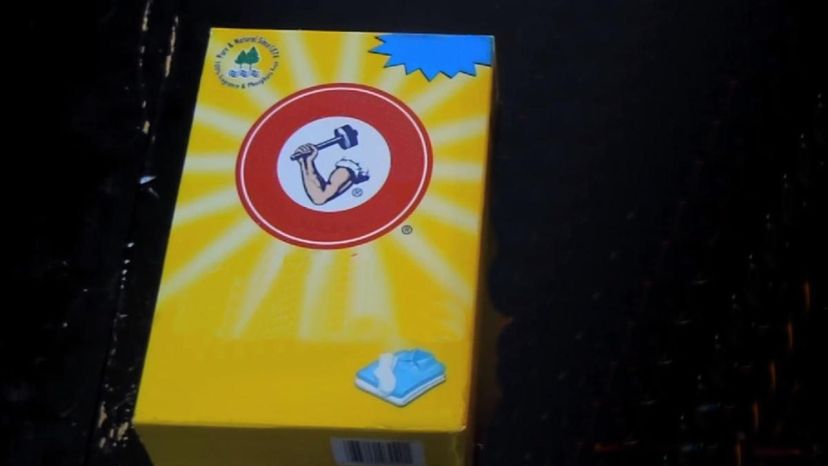
Hydrated sodium carbonate, also called washing soda, or soda ash, is the water-soluble salt of carbonic acid. In addition to washing soda, sodium carbonate is used for the manufacturing of paper, glass, rayon and as a water softener to precipitate the magnesium and calcium ions found in hard water.
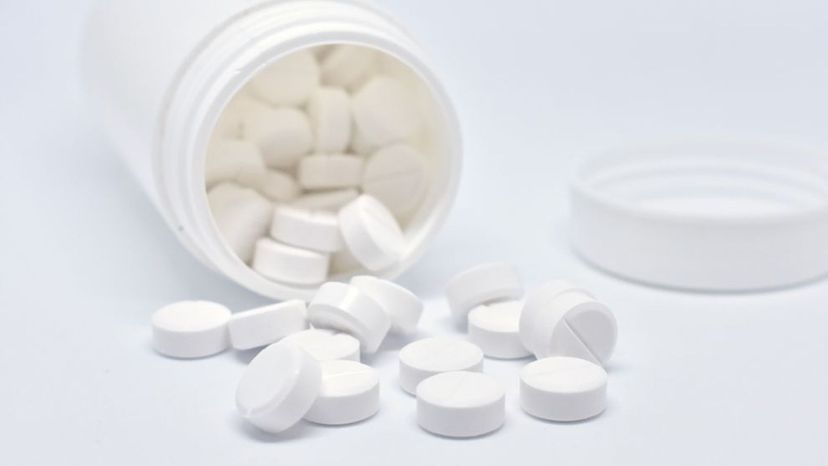
Acetylsalicylic acid is the scientific name for aspirin which is used as a fever and pain reliever for headaches, muscle aches, toothaches and the common cold. Some side effects of aspirin ingestion include upset stomach, dizziness, nausea or vomiting, easy bruising and kidney problems.
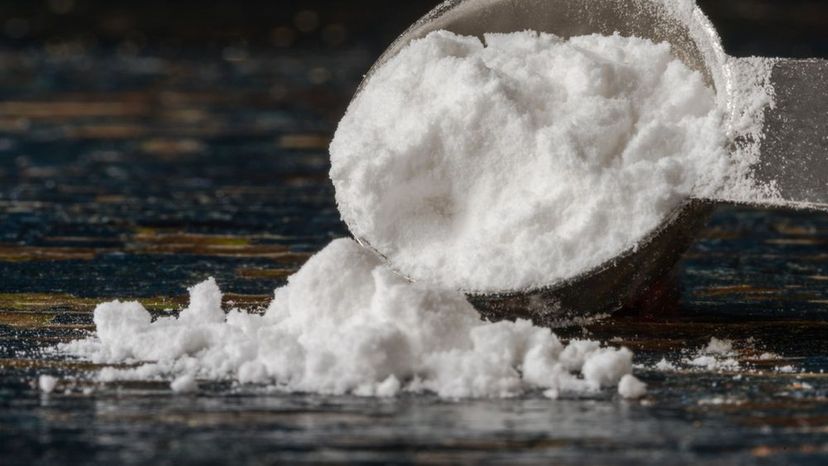
Potassium hydrogen tartrate, sometimes called sodium bitartrate, is a byproduct of winemaking during the fermentation. It is the potassium acid salt of tartaric acid and is represented by the molecular K C₄ H₅ O₆. It is commonly used in cooking and baking and in medications.
Advertisement
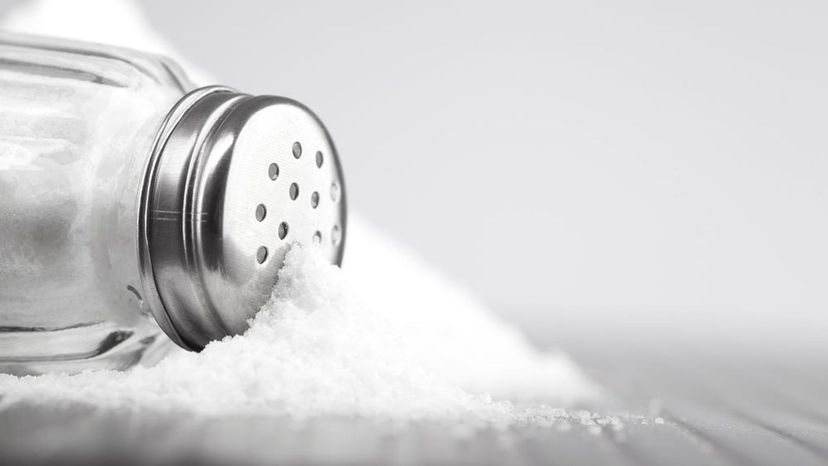
Sodium chloride, represented by the chemical formula NaCI, is an ionic chemical compound composed of one sodium and chloride ion each. It has a white crystalline appearance and is commonly used to flavor food. In addition to this, it is also used in hospitals to treat fluid loss and to restore sodium chloride balance in patients.
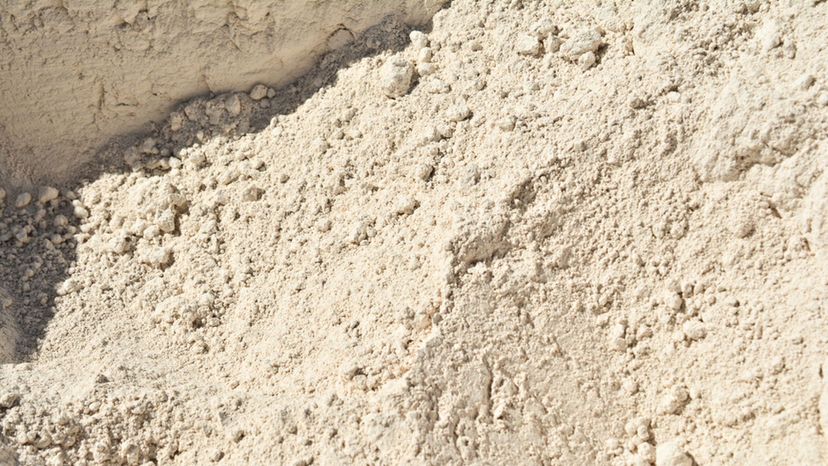
Calcium oxide, also known as burnt lime or quicklime, is an odorless, alkaline, caustic, white or gray-white crystalline sold. It is used in insecticides and fertilizers and is a strong irritant to the skin, eyes and mucous membranes.
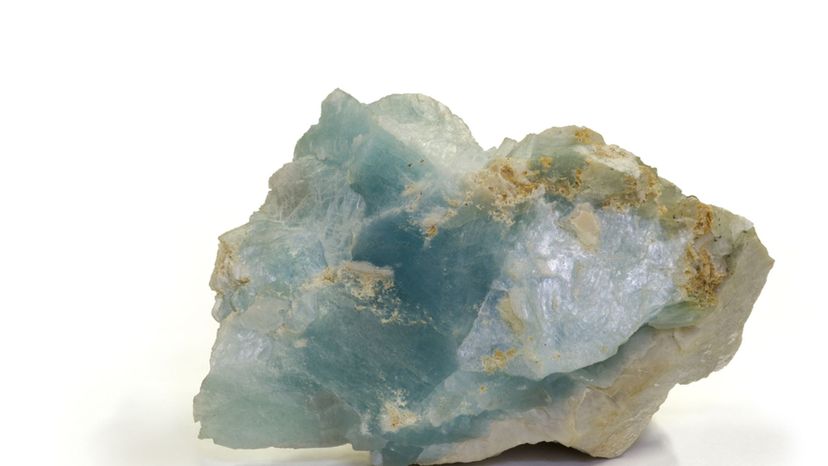
Magnesium hydroxide is a white, solid inorganic compound which occurs naturally as the mineral brucite. It is used in medicine to increase water in the intestines, to relieve stomach acid and as a laxative to reduce constipation.
Advertisement
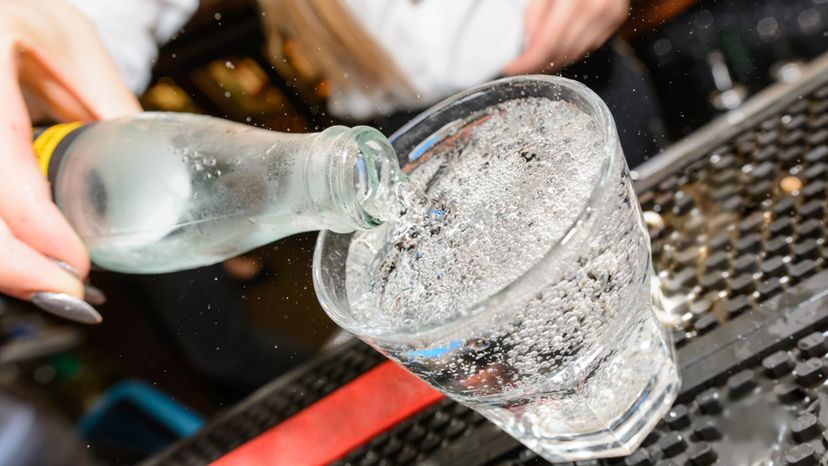
Carbonic acid is a weak, inorganic acid which is also referred to as carbon dioxide solution, acid of air, aerial acid or dihydrogen carbonate. It is formed by carbon dioxide and water and is generally known as an ingredient of several aerated drinks including soft drinks and sodas.
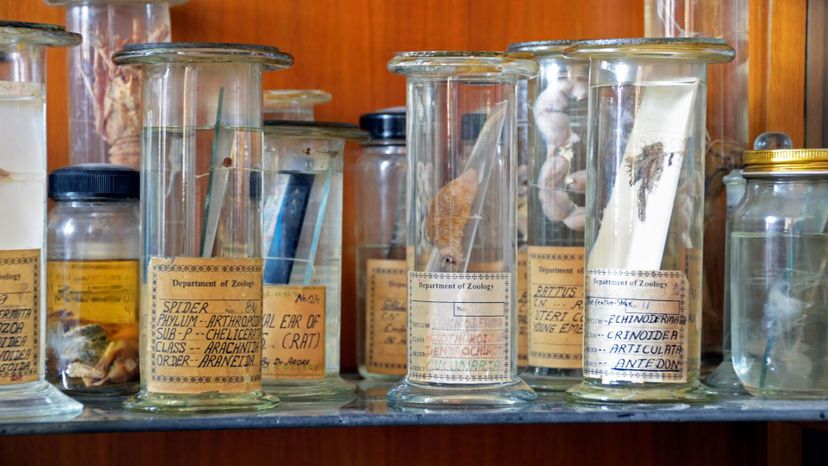
Formalin, represented by the chemical formula HCHO, is a solution of 35 to 40% of formaldehyde in water. It is a strong disinfectant and tissue hardener, one of the reasons why it is used to preserve biological specimens. In medicine, it is used as an antiseptic to sterilize surgical tools.

Plasterboard, whose main component is gypsum (which is composed of calcium sulfate dihydrate), is a type of material used to create wallboards, drywall and baseboards. Gypsum can also be found in fertilizers and it was also used to create sculptures during Ancient Egypt.
Advertisement
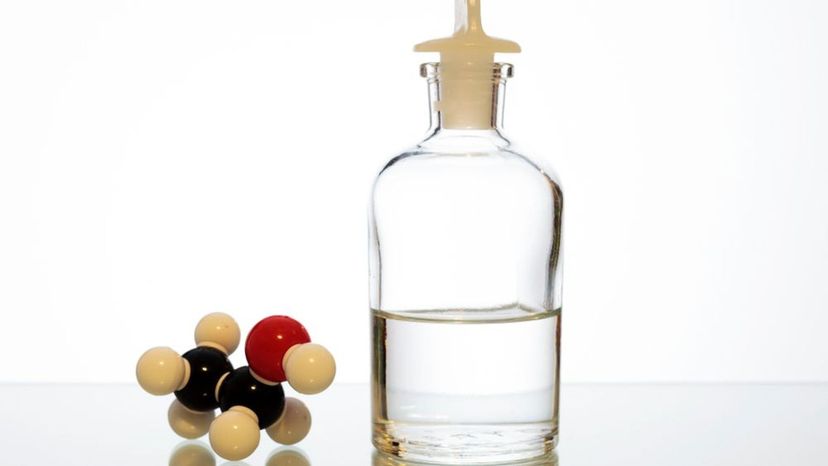
Methyl alcohol, also referred to as methanol or wood alcohol, is the simplest alcohol which is used as an intermediate and solvent in antifreeze and chemical synthesis. Methyl alcohol is colorless, flammable, volatile and toxic and it has a slightly milder and sweeter odor than ethanol.
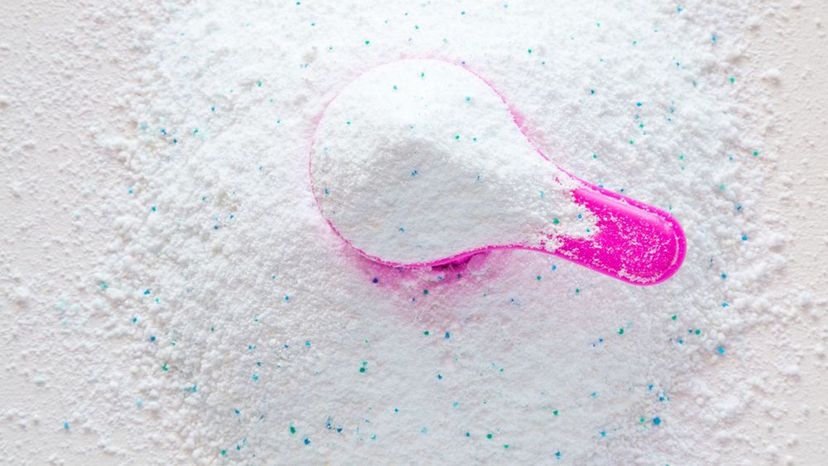
Sodium sulfate is a white inorganic, highly soluble compound with the chemical formula Na2SO4. It is used in detergents and in the Kraft process of paper pulping. There are three forms of sodium sulfate including anhydrous sodium sulfate, heptahydrate sodium sulfate and decahydrate sodium sulfate.
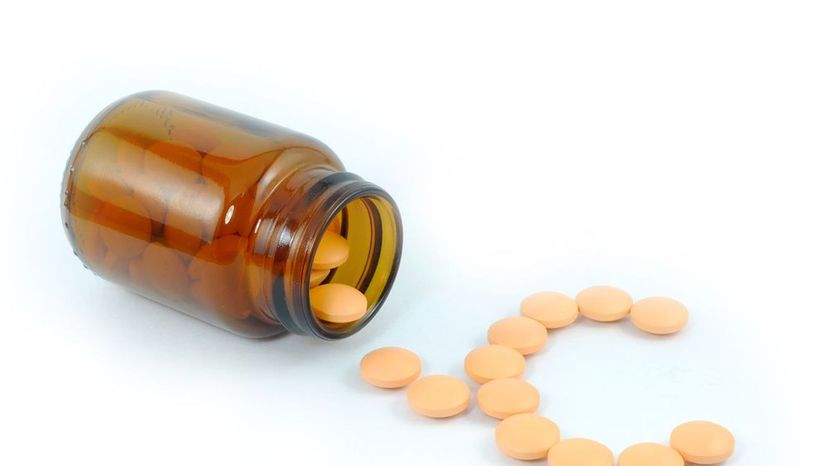
Ascorbic acid, also known as vitamin C and L-ascorbic acid, is a vitamin which is naturally found in citrus fruits and green vegetables. It is an essential nutrient helping to maintain healthy connective tissue and bone. A severe lack of vitamin C leads to a disease called scurvy.
Advertisement

Aluminum chlorohydrate is a basic form of aluminum salts which are used in antiperspirant products. It works by reducing the flow of sweat to the skin’s surface by forming a temporary plug within the sweat duct. Aluminum chlorohydrate is also used in water purification as a coagulant to remove dissolved organic materials.
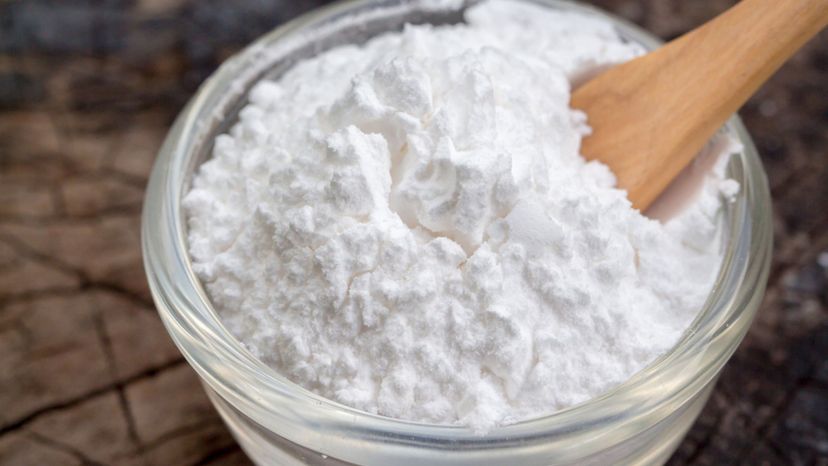
Sodium bicarbonate, also known as sodium hydrogen carbonate, is a white, odorless crystalline powder made of sodium ions and bicarbonate ions. In baking powder, it is mixed with a weak acid and acts as a leavening agent which increases the size and lightens the texture of the baked good.
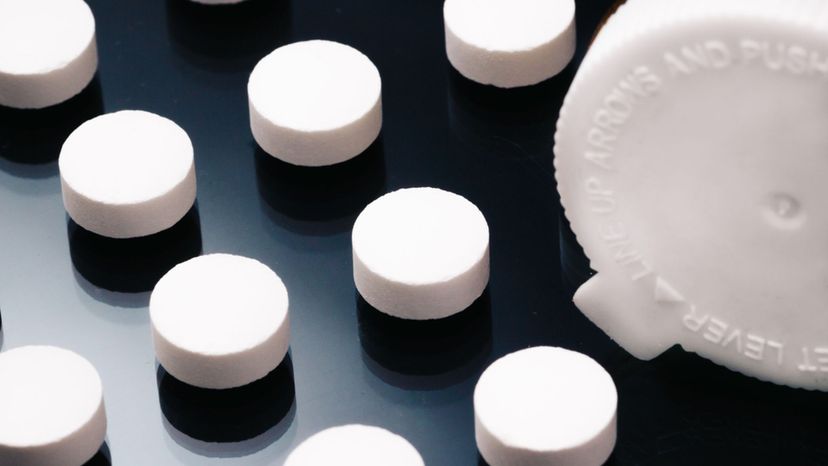
Tylenol is the generic name for acetaminophen, which is an over-the-counter medicinal drug which is primarily used to treat fever and mild to moderate pain. Allergic reactions to acetaminophen range from difficulty breathing or swallowing, to blistering of the skin and swelling of the face.
Advertisement
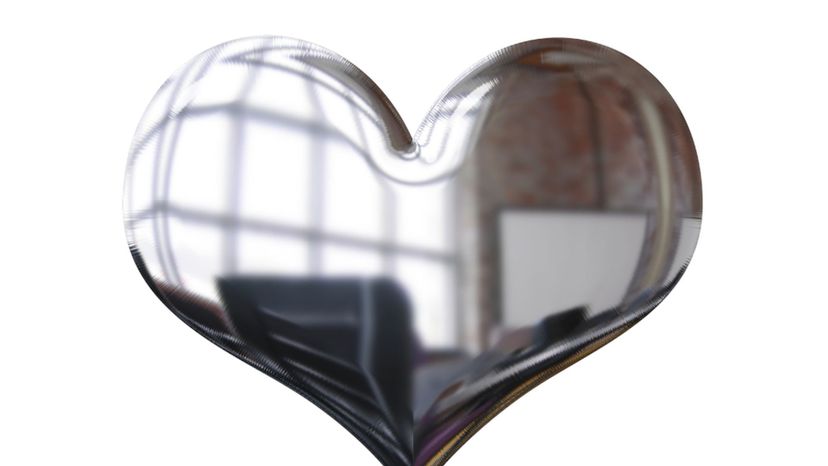
Mercury, commonly referred to as quicksilver, is a heavy, silvery-white metallic element which exists as a liquid at room temperature. Mercury is a toxic metal which can be absorbed throughout the skin and mucous membrane, leading to mercury poisoning.
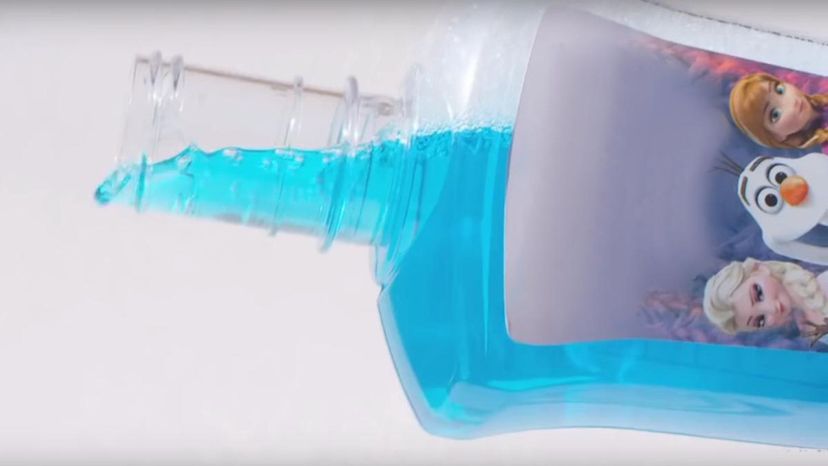
Phenol, also called phenolic acid, is a toxic, colorless, aromatic crystalline solid which is generally used as a disinfectant and antiseptic. It is also widely used as intermediate for industrial synthesis and, in small amounts, as a disinfectant in household products and mouthwash such as Listerine.
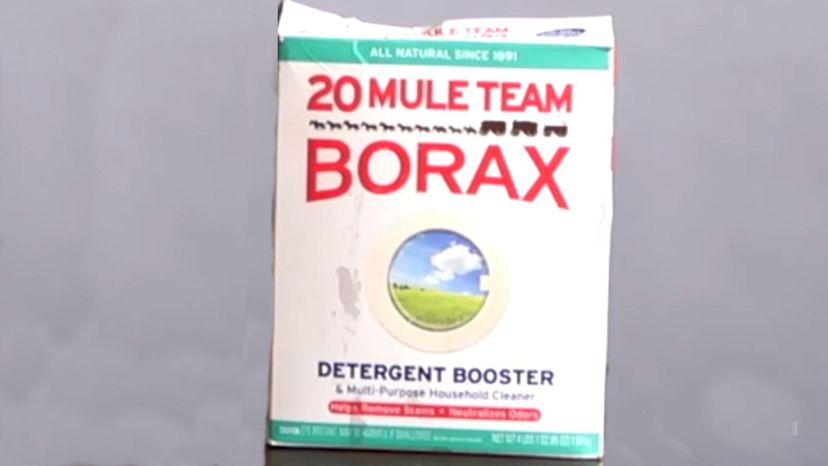
Borax, whose chemical name is sodium tetraborate or sodium borate, is a chemical compound which is used as a multipurpose cleaner and form of bleach. It can also be found in many detergents as well as cosmetics and enamel glazes.
Advertisement
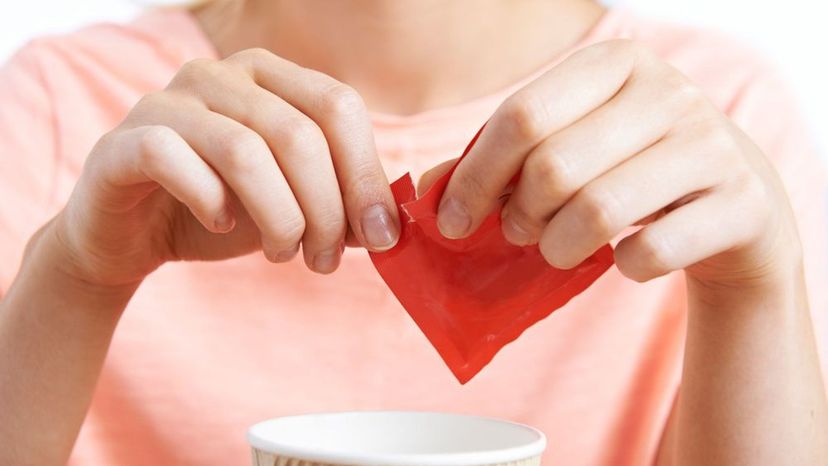
Aspartame is a synthetic, non-carbohydrate sweetener which is used as a flavoring agent. It is commonly used as a sugar substitute by diabetics and in reduced calorie foods and drinks. Aspartame is also used in diet soft drinks and in some brands of chewable vitamin supplements.
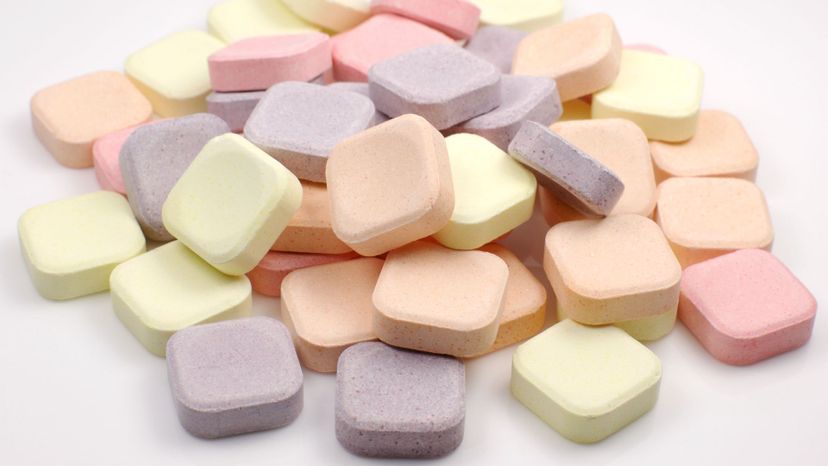
Dihydroxyaluminum sodium carbonate is an aluminum carbonate which is used as an antacid. It is the primary component of Rolaids, which is used to treat heartburn, indigestion and stomach acid. Side effects of Rolaids include increased thirst, constipation, vomiting, confusion and weakness.
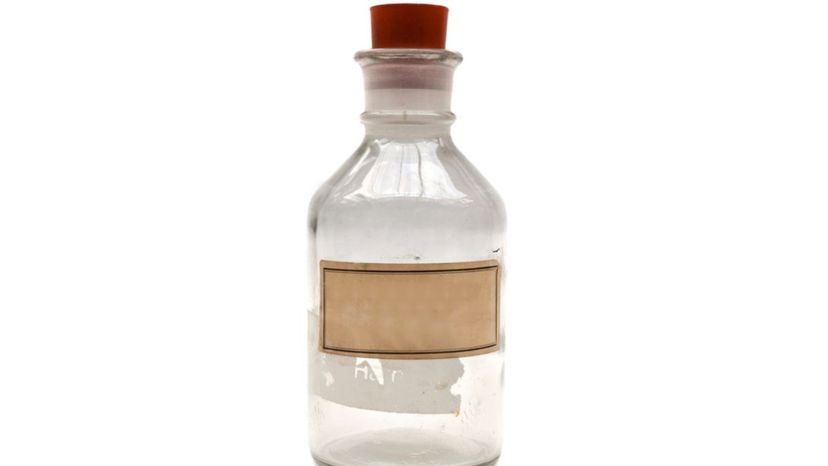
Sulfuric acid, commonly referred to as vitriol, is highly corrosive to tissues, metals, wood and other organic matters. Sulfuric acid is commonly used in the manufacturing of fertilizers and chemicals such as nitric acid, hydrochloric acid, sulfate salts, dyes, synthetic detergents and explosives.
Advertisement
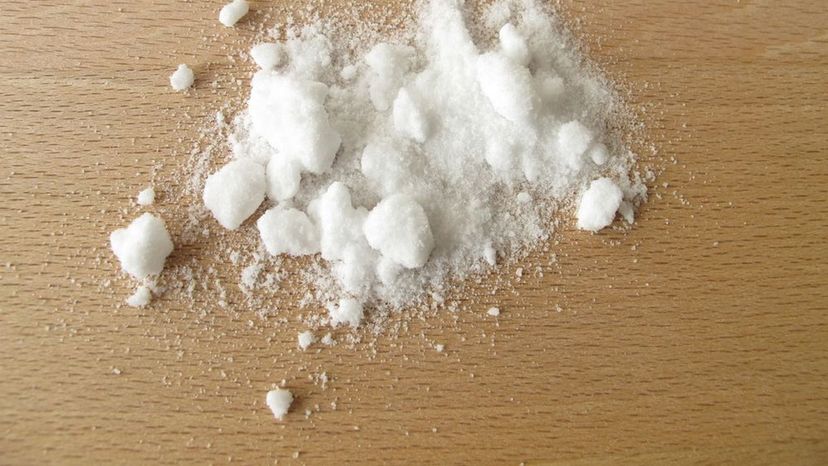
Ammonium carbonate is a non-combustible white powder or colorless crystalline solid which is used in pharmaceuticals, food processing or to make other ammonium compounds. It is also used in the manufacturing of smelling salts which is used to help a person awaken after fainting.